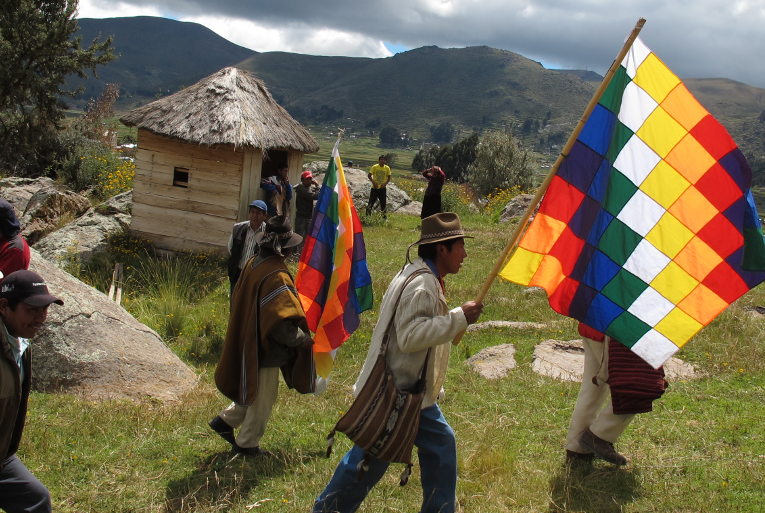Bram Büscher and Robert Fletcher’s critique of the prevailing approach to conservation, as well as their “convivial conservation” proposal, seems to navigate mainly on the waters of paradigms and societal complexities associated with the Western industrialized world, with much less attention to the paradigms of indigenous peoples. Indigenous peoples have been widely recognized as the most effective stewards of biodiversity, and their holistic approaches (e.g., Sumak Causay, or Buen Vivir), gained from their unique relationships with Mother Earth, offer a transformative path for a new environment-development paradigm.
Indigenous peoples’ land-caring approaches are not about the Western “conservation” paradigm (one in which is deeply embedded the belief of “human exceptionality” and “white savior” practices), but rather about recognizing our place as humans, as neighbors, in the galaxy of “All of Our Relations.” It is an intentional spiritual approach that has Respect as a central value of a reciprocity-based relationship with all Mother Earth’s children. The result is a unique approach of caring for ancestral lands which have been codified in what is termed Territoriality, such as the Ayllus, Markas, Comarcas, Resgurados, Ejidos, etc., in the Americas. Such Territoriality continues to thrive despite the attacks on their traditional structures. It continues to populate the historical memory of people and thus is an inherent part of indigenous discourse, ceremonial and economic practice, knowledge networks, and evolving customary laws and institutions.
Indigenous Territoriality encompasses customary indigenous land tenure, land use (including ritual), production and exchange systems, customary laws and institutions, political organization and goals, and cultural identity. The practice of the indivisibility and interconnectedness of the cultural and biological realms with the territory creates a common goal for humans, non-humans, and spiritual actors: the goal of achieving Sumak Causay together. As such, the indigenous Territoriality paradigm provides an alternative not just to “conservation” but rather to the current neoliberal development paradigm.
Approaches such as “convivial conservation” change the conservation jargon, but risk continuing the implementation of new types of the same Western neoliberal conservation framework. They would not stop the appropriation and partitioning of indigenous peoples’ territories and landscapes, but rather create a new form of passing indigenous territories to the domain of the State and “conservation” elites. We must avoid populating the lands with more forms of regulation. Why not support indigenous struggles for land rights that seek the recognition of existing and effective indigenous expression of territoriality?
Supporting indigenous Territorialities goes beyond supporting biodiversity conservation; it is also an invitation to organize and reinscribe communal systems that have been erased and dismantled all over the world by the increasing expansion of the capitalist economy and the conservation paradigm. If our common goal is the maintenance of the life support system of the world, the voices of indigenous peoples must be heard, and their approaches to caring for the land supported and recognized.
Teaser photo credit: Photos of a traditional Aymara ceremony in Copacabana, on the border of Lake Titicaca in Bolivia. By Kilobug – Own work, CC BY-SA 3.0, https://commons.wikimedia.org/w/index.php?curid=10036466





